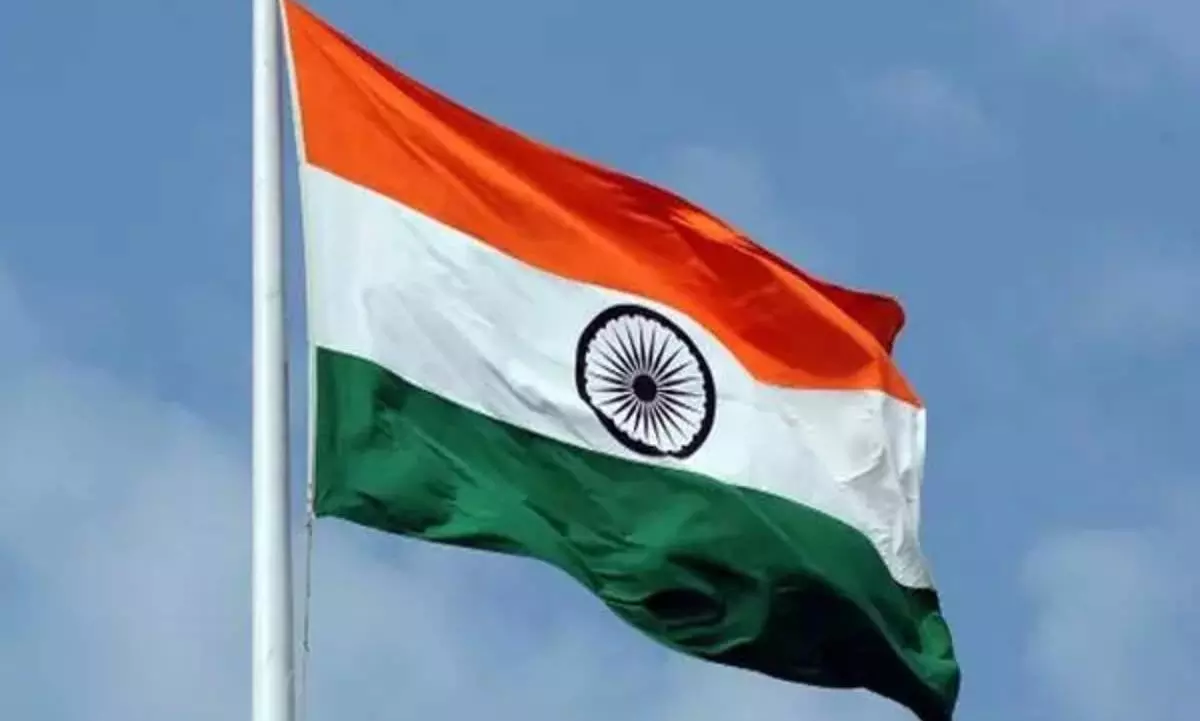Why Tricolour is Hoisted But Not Unfurled on Independence Day

Indian Flag (Photo by arrangement)
Hyderabad: Today, India is celebrating its 78th Independence Day from the two century-long British colonial rule. This day is celebrated with enthusiasm all over the country.
The whole country pays tribute to the freedom fighters and founding fathers of India. But on this day, the Indian flag is hoisted and not unfurled. What does that mean?
Here is the explanation:
Even though various times these two terms are used interchangeably, they each refer to distinct methods of presenting a flag. The difference is between the positioning of the tricolor, during the two ceremonies.
Here is the explanation:
Even though various times these two terms are used interchangeably, they each refer to distinct methods of presenting a flag. The difference is between the positioning of the tricolor, during the two ceremonies.
On Independence Day, the flag is placed at the base of the pole and is hoisted by the Prime Minister, from the bottom to the top.
On Republic Day, the flag is folded, rolled up, and attached to the top of the pole. It is then unfurled by the president.
Symbolism:
Symbolism:
On Independence Day, the Prime Minister raises the flag from the base of the pole. This day typically includes a ceremonial event by a military or civilian honor guard as the national anthem plays while raising the flag. On this day, the flag is raised to represent the rise of a new nation, patriotism, and liberation from colonial rule.
On Republic Day, the President unfurls the flag and it stays closed, knotted at the top of the flagpole. The President unfolds the flag without raising it. This day commemorates the year 1950 when the Indian Constitution was adopted. The flag is unfurled to symbolize the country's transition from colonial rule to a sovereign, democratic republic and to reaffirm the nation's adherence to the values outlined in the Constitution.
( Source : Deccan Chronicle )
Next Story

